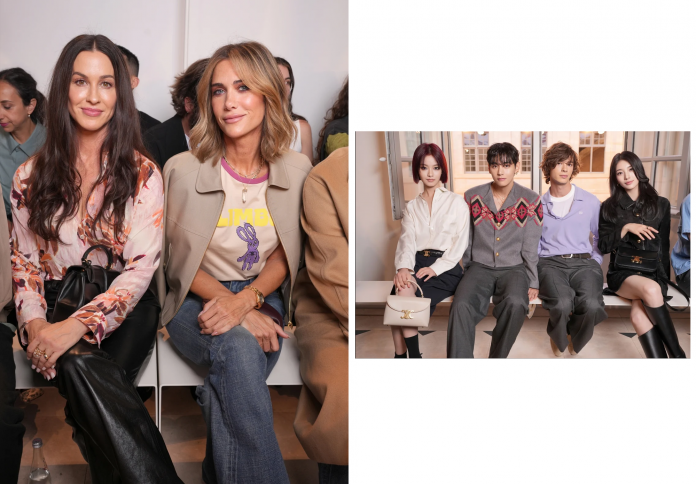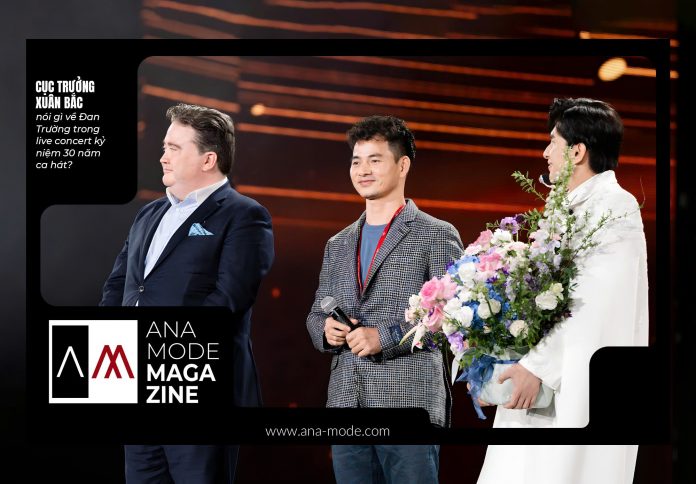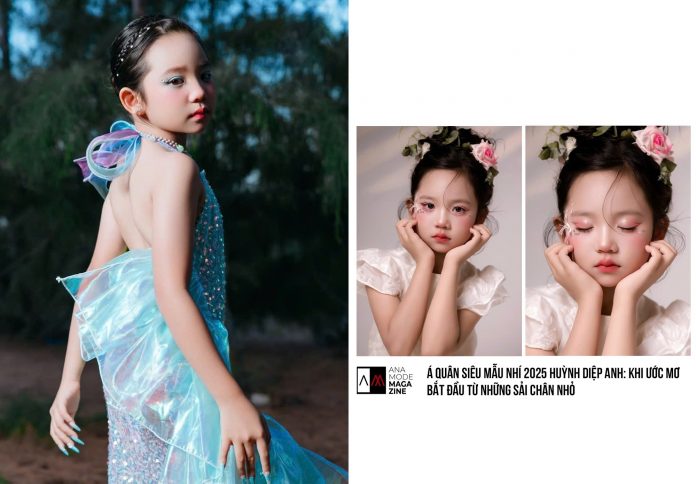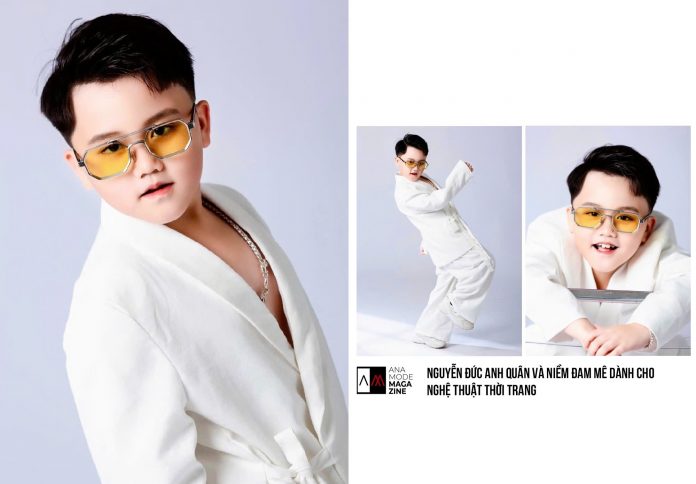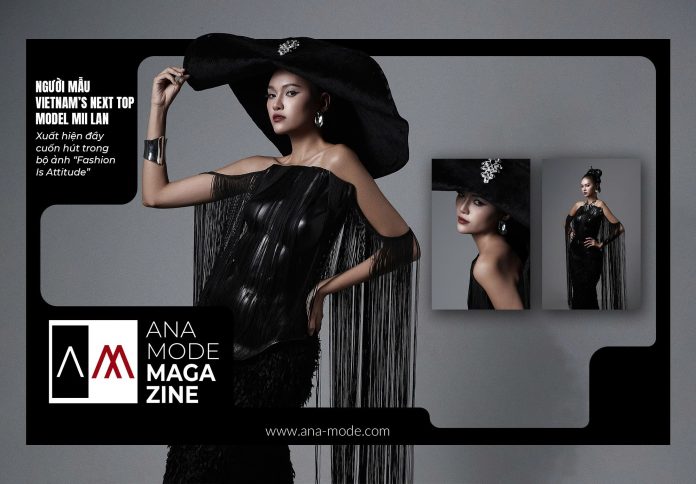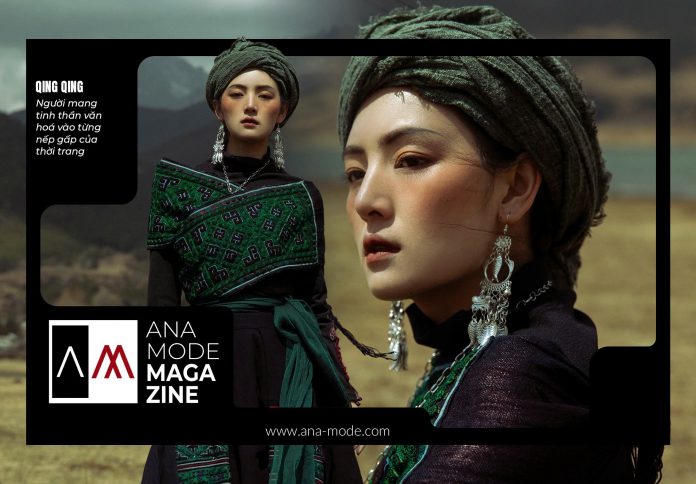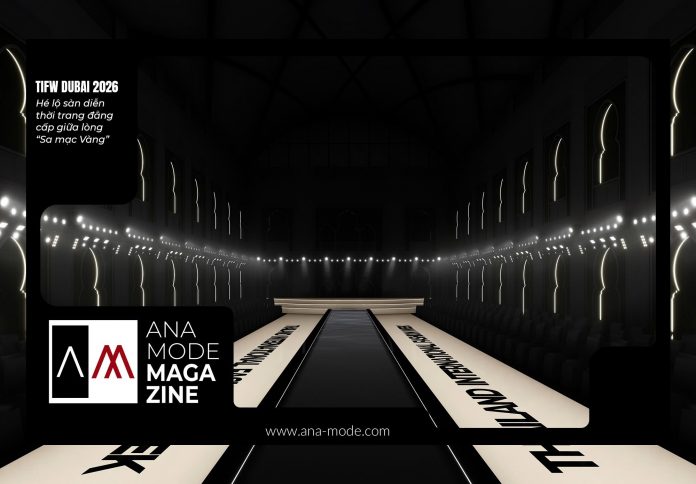Celine’s spring 2026 show, led by its newly appointed creative director Michael Rider, premiered in Paris to wide praise. Rather than discarding the house’s heritage, Rider built upon both Hedi Slimane’s sleek minimalism and Phoebe Philo’s understated elegance. His debut collection blended sharp tailoring and skinny silhouettes with playful American-prep accents, setting a tone for a revitalized, yet respectful, vision of Celine.
Rider staged the collection in Celine’s historic headquarters on rue Vivienne, bridging past and present within the walls where he once worked. The show offered 72 looks that mixed archival references—like Philo’s Phantom bag and silk scarves—with modern twists such as logo charms, stacked jewelry, and bold knitwear. It reflected both homage and originality, reaffirming the brand’s Parisian ethos with an approachable, youthful edge.
Developing a foundation, not erasing history
Rider emphasized continuity over disruption in his debut collection. Drawing on Slimane-era skinny jeans and blazers while honoring Philo’s clean tailoring, he asserted that he “did not want there to be a sense of erasure.” Instead, Rider sought to evolve existing codes—luxury with levity, minimalism infused with humor.

The collection included neon knit sweaters, striped ties, Oxford shirts, and off‑the‑shoulder dresses rendered in satin and black, echoing his American past while preserving Celine’s enduring Parisian DNA. In doing so, Rider created a sense of timeless quality blended with fresh personality, ensuring the collection resonated across generations.
Mixing prep and Parisian minimalism
A striking feature of Rider’s debut was the fusion of preppy, collegiate style with French sophistication. Rugby‑style knit polos, oversized scarves, and preppy charms appeared alongside wide-leg trousers and slim tailoring. Accessories became a storytelling tool: rings on every finger, chunky bangles, logo-decorated bags, and dangling charms such as dice or Eiffel towers.

Yet the presentation maintained Elegance through simplicity. Bouclé jackets, Mary Jane-style flats, and chic logos—like the rounded C-triomphe pattern—rooted the collection in classic Celine. Even with bold layering or playful accessories, the aesthetic remained refined and unified.
Balancing commercial appeal and creative vision
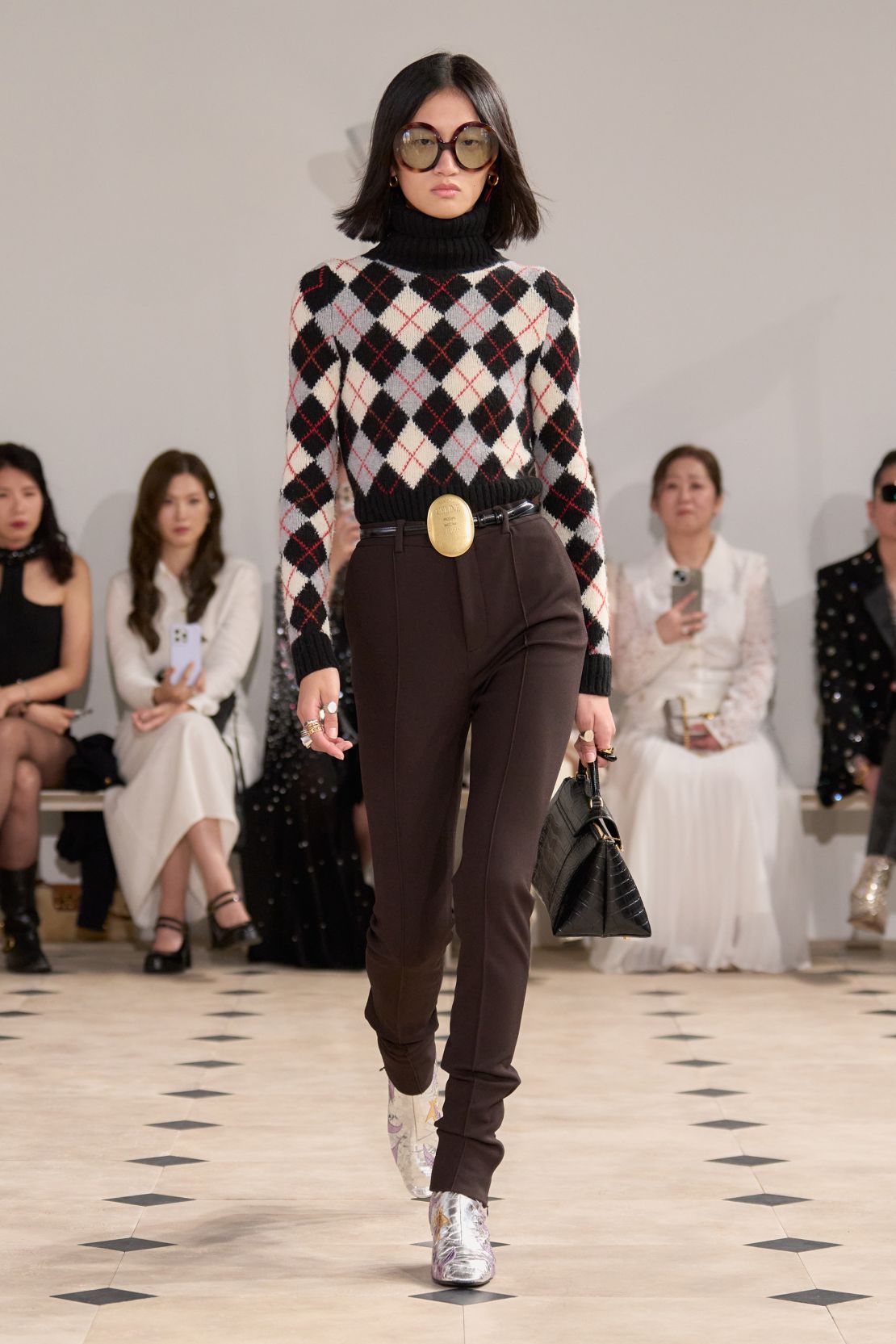
Michael Rider’s debut collection strongly signaled Celine’s commercial vitality—emphasizing believable luxury that customers can incorporate into everyday wardrobes. The 72-look lineup included accessories poised to become it-items: oversized Phantom bags, logo-laden totes, and updated scarves. Celebrities and insiders alike reportedly expressed high interest in these pieces, reinforcing the collection’s market relevance.
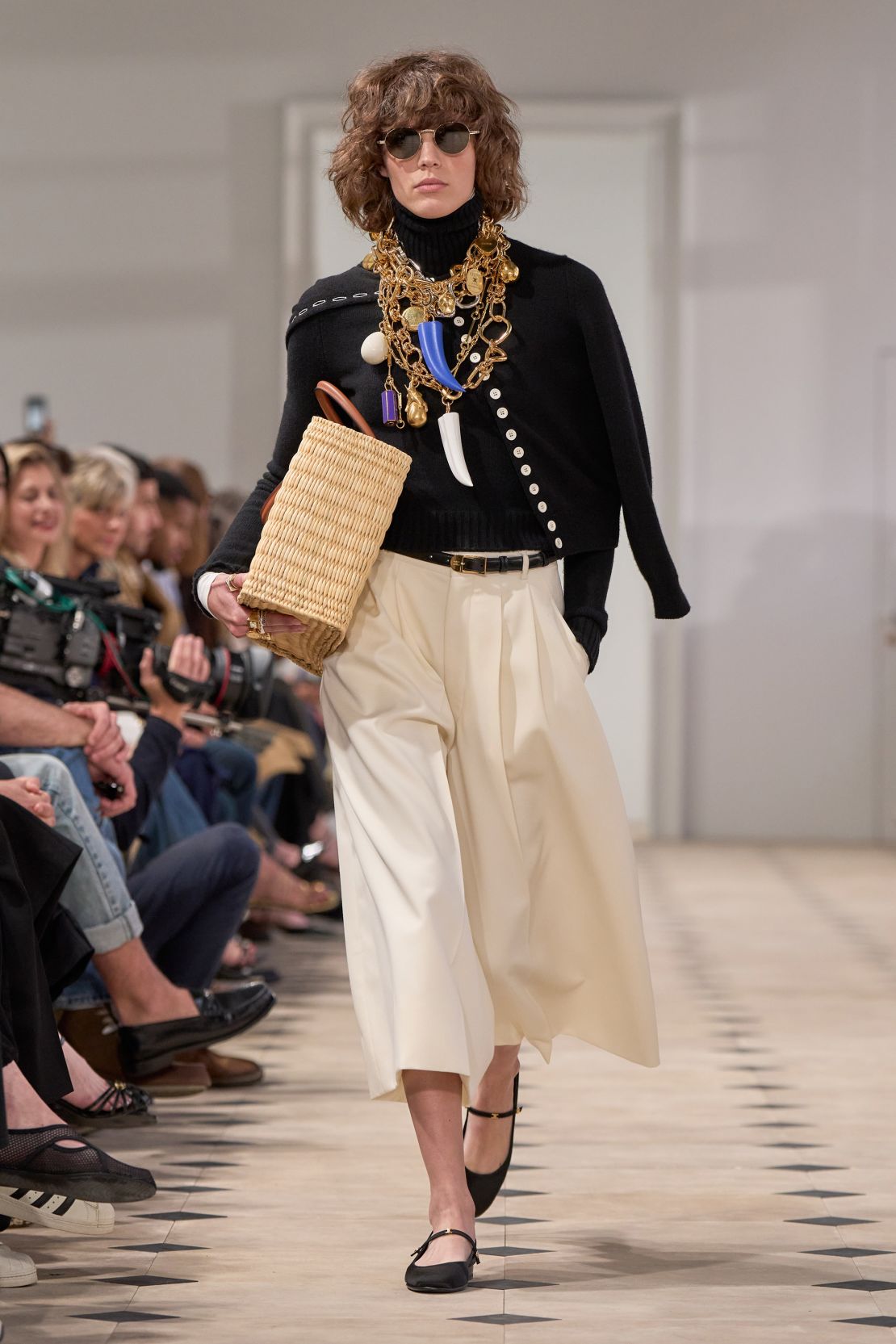
Despite the strong product focus, industry critics applauded Rider’s ability to fuse usefulness with fantasy. The show delivered wearable sophistication—coats, knitwear, scarves, and accessories—that felt fresh and attainable while preserving brand identity. Rider’s design philosophy aligned with his own declaration: clothing should last and inspire.

Why Michael Rider’s debut matters for Celine’s future
Rider’s spring 2026 debut arrives at a critical moment for the house. With CEO leadership and possible strategic changes underway, his nuanced approach—honoring legacy while modernizing sensibility—sets a stabilizing tone. His return to the Celine headquarters from his earlier tenure under Philo added emotional weight, framing the collection as a personal and cultural homecoming.
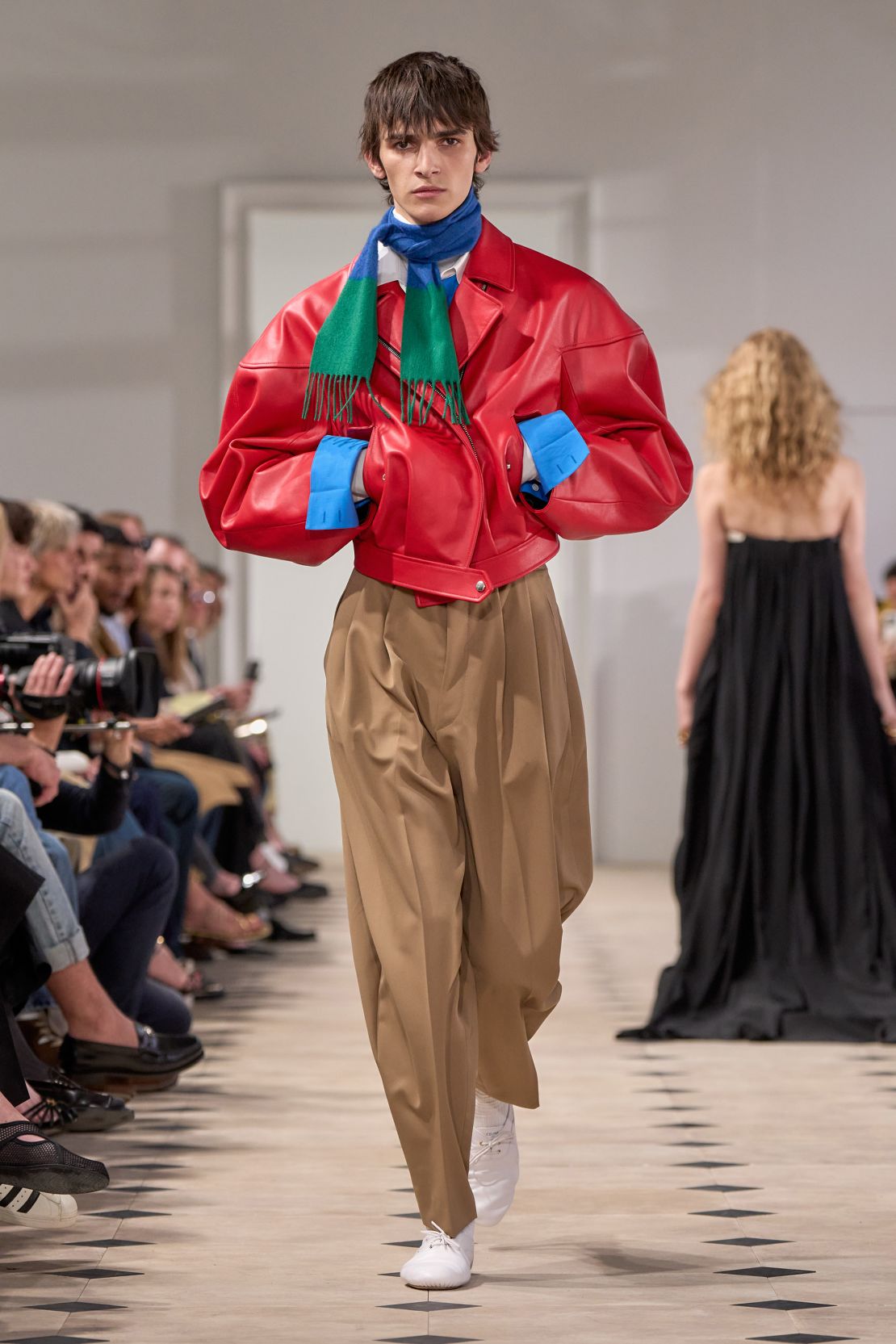
Fashion leaders praised the show for its accessible vision and joyful spirit. Rider’s ability to blend nostalgia, tailoring, athleticism, and glamour hinted at a renewed trajectory for Celine in an uncertain luxury market. As Celine prepares to re-enter the official fashion calendar, this debut signals not only a fresh direction but also enduring relevance rooted in thoughtful evolution.
